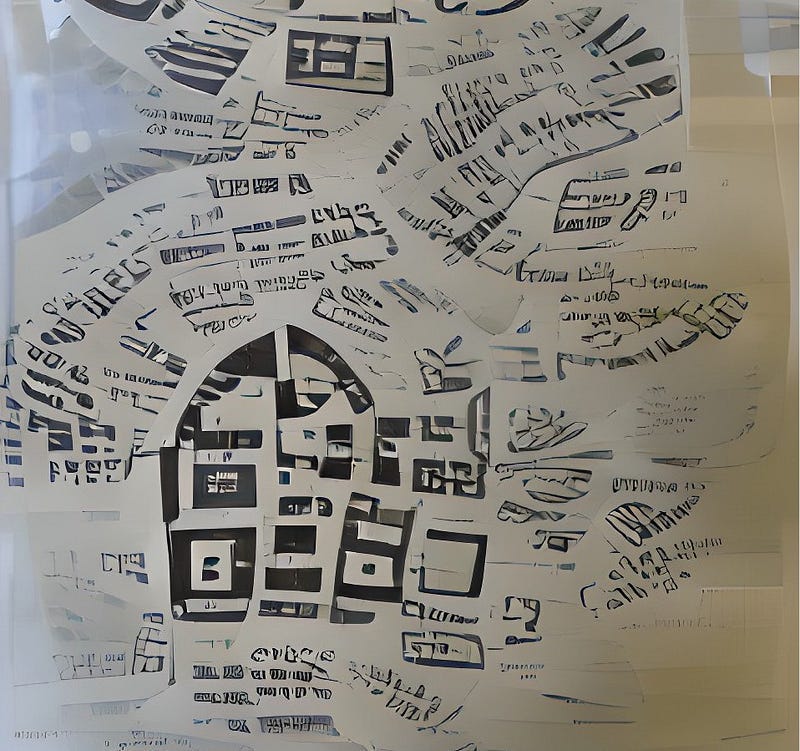3 Ways to Crank Up Creativity in the Classroom (even if you already know about design thinking)
I used to think teaching design thinking was just about tools, but now I think design thinking is also about cultivating an intentional…
I used to think teaching design thinking was just about tools, but now I think design thinking is also about cultivating an intentional community.
That’s what I learned after spending 30 hours with District C while solving a problem for a real business and working with a diverse team of educators.
I’ve t…




